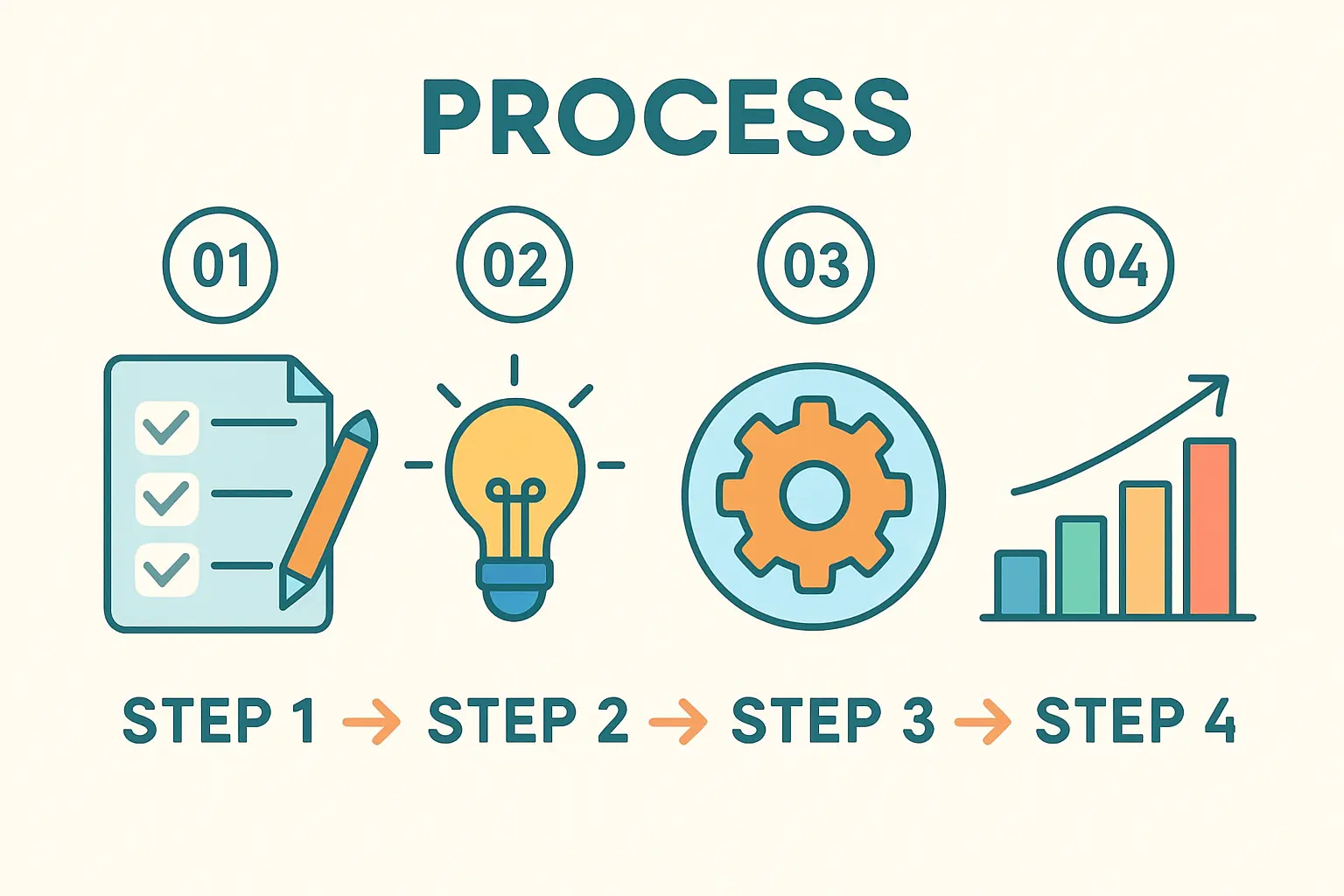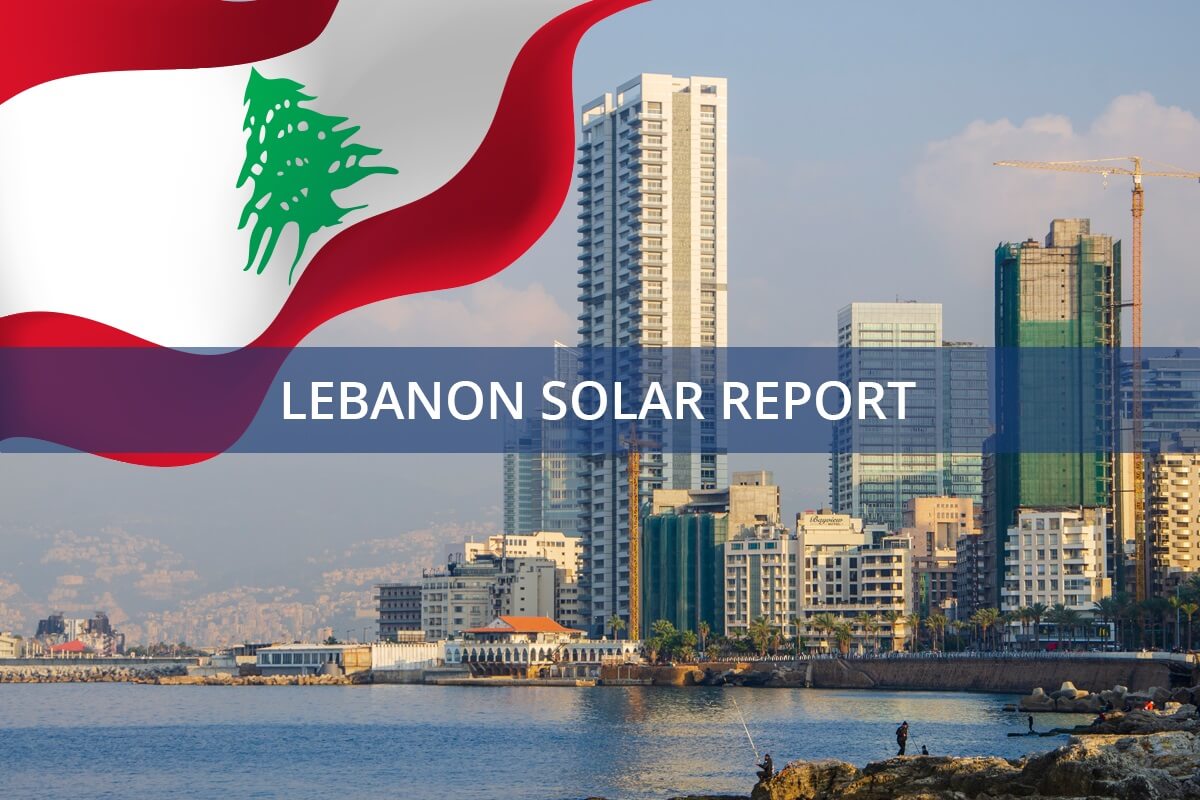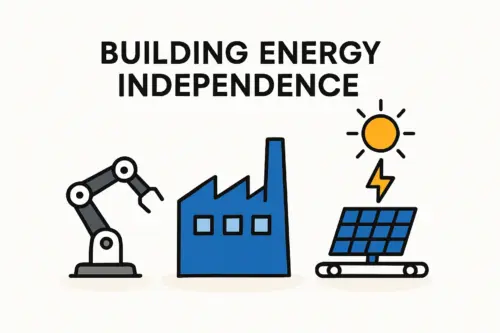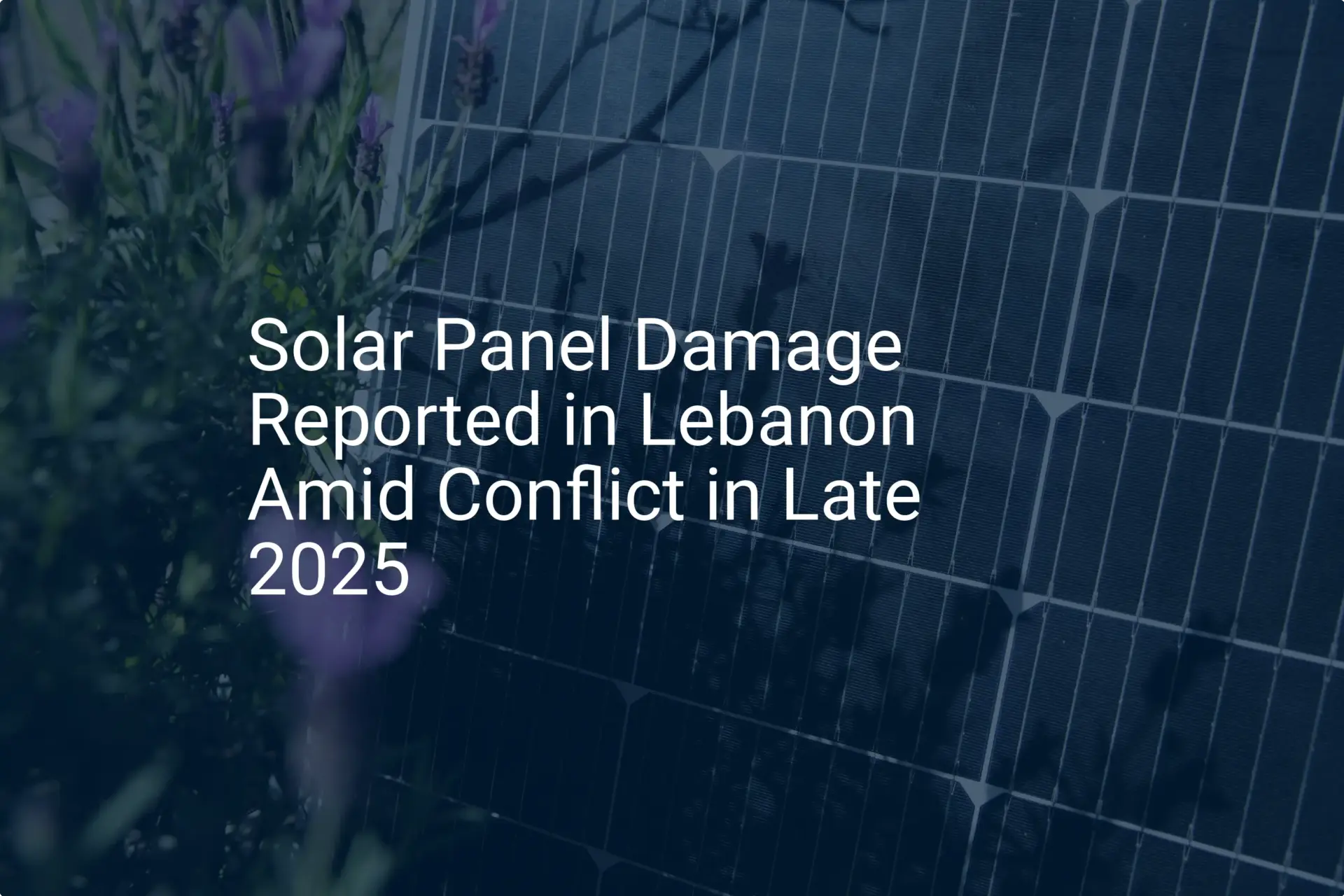Lebanon’s energy crisis, widely regarded as one of the most severe in modern history, has created profound challenges and unexpected opportunities. With the state utility providing only a few hours of power daily, citizens and businesses have turned to alternatives en masse. This has ignited a solar boom, with photovoltaic installations growing by a reported 468% in 2022 alone.
This rapid, unregulated expansion, however, has revealed a critical flaw. The market has been flooded with standard solar modules designed for temperate European climates, not for the high heat, dust, and coastal humidity of the Eastern Mediterranean. As a result, many early adopters now face rapid performance degradation, system failures, and a stark realization: not all solar panels are created equal.
This situation presents a clear opportunity for an entrepreneur to establish a local manufacturing facility focused not on competing with low-cost imports, but on delivering a superior, climate-specific solution.
The Hidden Flaw in Lebanon’s Solar Boom
The initial rush to adopt solar energy was driven by urgent necessity. The primary concern was immediate access to power, with little thought given to the long-term performance and durability of the components. This has led to a widespread problem: systems that performed well initially are now faltering under the region’s specific environmental stresses.
Standard photovoltaic modules, typically of a glass-foil construction, are vulnerable to three main local factors:
-
High Ambient Temperatures: Sustained heat accelerates the natural degradation of materials within the module, leading to a significant loss of power output over time.
-
Airborne Dust and Soiling: Dust accumulation on the panel surface blocks sunlight and reduces energy yield. The fine, often abrasive particles common in the region can also cause micro-scratches during cleaning, further diminishing performance.
-
Humidity and Salinity: In coastal areas, the combination of high humidity and airborne salt can penetrate standard module seals, causing corrosion and electrical faults like potential-induced degradation (PID).
In Lebanon’s climate, these factors mean a standard solar panel’s 25-year performance warranty can be compromised within just a few years. This reality is creating a growing market of discerning customers seeking a more robust and reliable alternative.
A Purpose-Built Solution: Understanding DESERT+ Technology
Addressing these environmental challenges requires a fundamental shift in module design. DESERT+ technology is not just a standard module with minor modifications, but a comprehensive engineering approach developed specifically for hot, arid, and dusty climates, based on decades of J.v.G. GmbH project experience in the MENA region.
Ready to make big Profits?
The solar Industry is Booming
WE HELP NEWCOMERS to the solar industry start their own solar module production line. Customers can make BIG PROFITS by selling modules and finding investors, without wasting money and time on things they don't need!

Its superiority rests on several core technical pillars:
Glass-Glass Construction for Enhanced Durability
Unlike standard glass-foil modules, DESERT+ panels use a glass backsheet. This dual-glass structure provides superior protection against humidity and mechanical stress, creating a hermetic seal that prevents moisture ingress—a leading cause of failure in coastal environments.
Specialized Components for High Thermal Stress
The materials used, from the cell connectors to the encapsulant, are selected for their stability at high operating temperatures. This minimizes heat-related degradation and ensures more consistent power output during the hottest parts of the day and year.
Advanced Coatings to Combat Soiling
A specialized anti-reflective and dust-repellent coating on the front glass reduces dust and grime accumulation. This not only improves energy yield between cleanings but also makes the cleaning process more effective and less likely to cause surface damage.
PID-Resistant Materials for Long-Term Performance
The specific combination of glass and encapsulation materials is optimized to prevent potential-induced degradation (PID), an electrical phenomenon that can severely reduce a module’s power output, particularly in hot and humid conditions.
The Business Case for Local Production in Lebanon
While importing modules built with similar technologies is an option, establishing a local manufacturing facility offers distinct strategic advantages that create a more resilient and profitable enterprise.
Financial Advantages
Local production bypasses hefty import duties and volatile international shipping costs. This structural cost advantage enables competitive pricing for a premium product. By manufacturing a high-value, durable product, the business can command higher margins than distributors of standard, commoditized panels.
Market Positioning
A Lebanese factory producing DESERT+ modules can build a powerful national brand founded on quality, reliability, and local expertise. This strategy is particularly effective in a market where trust has been eroded by underperforming imports. It positions the company as a provider of long-term energy solutions, not just an equipment seller.
Strategic Control
Local manufacturing insulates the business from global supply chain disruptions. It also fosters a domestic industrial ecosystem, creating skilled jobs and enhancing the nation’s technical capabilities. This can often attract support from governmental or non-governmental development programs.
A Blueprint for a Lebanese DESERT+ Solar Factory
Launching a solar module factory is a structured process. For an entrepreneur without a background in photovoltaics, a turnkey approach provides a clear, manageable path from concept to operation.
Phase 1: Planning and Financial Viability
This initial phase involves a comprehensive market analysis, site selection (typically requiring 1,500–2,500 square meters for a 20–50 MW line), and securing financing. The foundation for this stage is a detailed solar panel manufacturing business plan, outlining everything from capital requirements to revenue projections.
Phase 2: Factory and Equipment Setup
This phase involves preparing the facility and procuring the necessary machinery. Procuring a turnkey solar module manufacturing line ensures all components are compatible and optimized for DESERT+ specifications. This integrated approach, guided by experienced engineers, mitigates the technical risks of sourcing equipment from multiple vendors.

Phase 3: Operations and Human Capital
A semi-automated 20–50 MW production line typically requires a workforce of 25–30 people, including operators, technicians, and administrative staff. A turnkey solution also includes comprehensive training for the local team—a critical step in ensuring they can operate and maintain the equipment to international standards.
Phase 4: Market Entry and Certification
With production underway, the focus shifts to sales and distribution. Building a network of installers and project developers who value quality over low upfront cost is essential. Simultaneously, obtaining key international certifications (such as IEC 61215 and IEC 61730) provides third-party validation of the product’s quality and safety, building immediate market trust.

Financial Considerations and Investment Outlook
The capital investment for a 20–50 MW turnkey line varies based on the level of automation and specific equipment choices. A well-structured business plan can demonstrate a clear path to profitability. The premium positioning of DESERT+ modules allows for healthier margins, while local production helps manage expenses. Understanding the solar panel production cost per unit is critical for determining pricing strategy and forecasting financial performance. Experience from similar J.v.G. turnkey projects shows that payback periods can be attractive for ventures in high-demand, quality-conscious markets.
Frequently Asked Questions (FAQ)
What is the primary advantage of local production over importing high-quality modules?
There are three primary advantages: financial (avoiding import tariffs and high logistics costs), strategic (building a trusted local brand and controlling the supply chain), and economic (creating local jobs and contributing to national industrial capacity).
How long does it take to set up such a factory?
From the final investment decision to the first certified module coming off the line, a typical timeline is 9 to 12 months. This includes equipment manufacturing, shipping, installation, and team training.
Is a technical background in photovoltaics required to start this venture?
No. Successful owners of solar manufacturing plants are typically strong business professionals, not necessarily solar engineers. A turnkey partnership provides the essential technical expertise, processes, and training, allowing the entrepreneur to focus on business management, strategy, and market development.
Why is DESERT+ technology superior to standard modules for Lebanon?
It is engineered specifically to resist the combination of high heat, dust, and humidity prevalent in Lebanon. The result is a slower rate of degradation, higher lifetime energy production, and a more reliable investment for the end-user when compared to standard modules designed for milder climates.
Conclusion: Seizing the Quality-Driven Opportunity in Lebanon’s Solar Market
Lebanon’s energy crisis has inadvertently created a sophisticated second-wave solar market—one that is moving beyond the initial scramble for any available panel and is now actively seeking quality and long-term reliability. The failures of standard, ill-suited modules have educated the consumer, opening a clear opportunity for a local manufacturer to become the national standard-bearer for excellence.
By combining the strategic advantages of local production with the superior performance of climate-specific DESERT+ technology, an entrepreneur can build a profitable and impactful business. This venture would not only address a critical market need but also contribute to a more resilient and energy-independent future for Lebanon.






